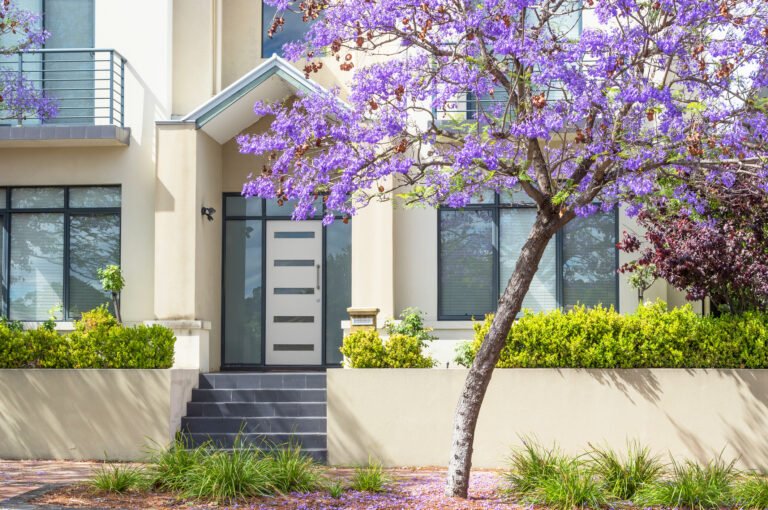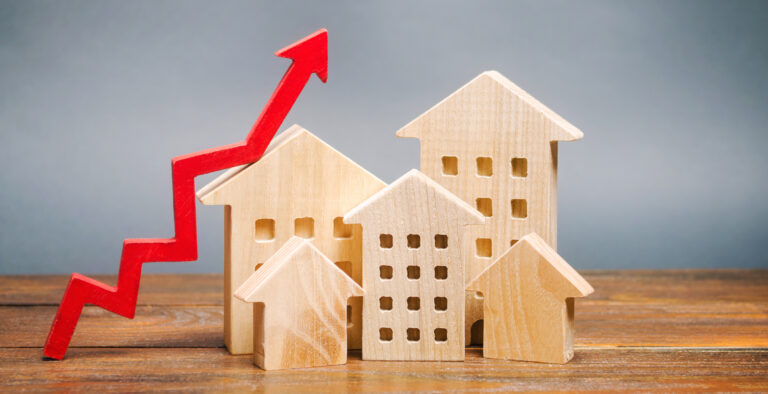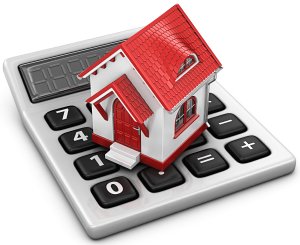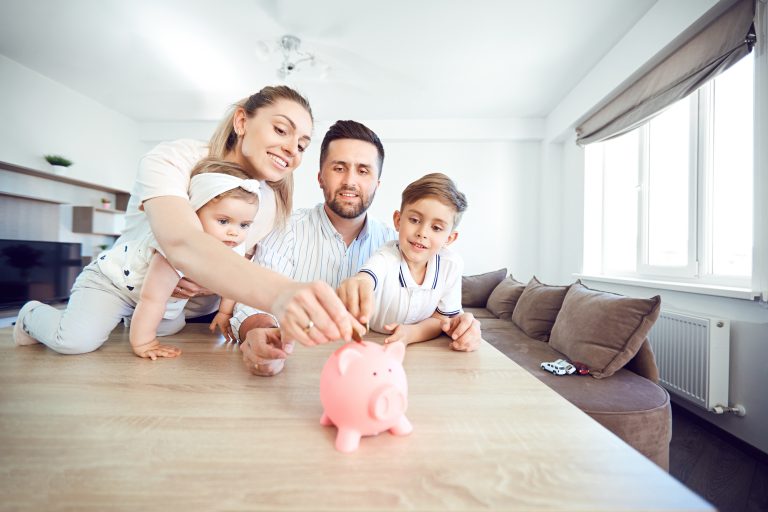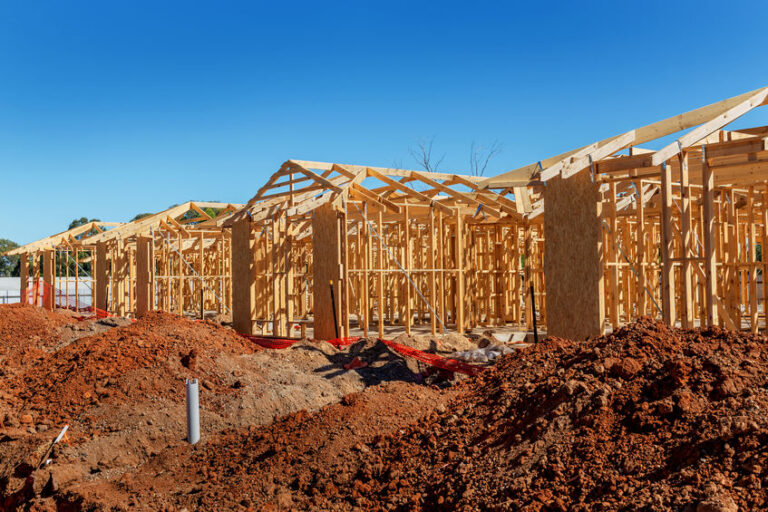No matter if you are a beginner to property development or someone that has already made the foray into the property development market, everyone is looking at better ways to make more money. The key to making money in property development is to plan for a realistic rate of return whatever the market does and retain the flexibility to adapt to changing circumstances.
The bottom line when planning your development project should be your return on investment. A good target that we suggest is a 15 to 20 percent return on development costs. This is the profit that you will make after the property is sold, it is what is called your net profit.
Example: You achieve a 15% (net) profit return of the project’s total development cost:
- The project’s total cost was $1,000,000.
- You invested $200,000 and borrowed $800,000.
- The total development’s 15% Net Profit is $150,000
- But, your return on your invested funds might be upwards to 75%:
- $200,000 (your invested funds) + $150,000 (net profit) = $350,000 (a 75% return on invested funds)
15 percent is a good bottom line target profit margin because as many developers have learned, property markets aren’t always steady. They falter and there are periods where prices may fall, so a 15 percent margin is a fair compromise between safety and achievability to maintain targets.
Quite simply, if you work on a 15 percent margin: you will make good money in a good market and sufficient money in a bad market.
Sticking to a target will also help you to learn to become a highly-disciplined developer and effective negotiator. Most essentially, you will learn to walk away from too risky deals. If you wish to compare, banks in Australia use 15 to 20 percent of a property’s value as a buffer against their risk. In order to qualify for a mortgage in Australia, you usually are required to put up 10 to 20 percent of the property’s value.
This figure assumes that the property market is unlikely to drop more than 20 percent. If financial institutions count this margin as the level at which there is no real risk, then so should you. Applying this profit margin to your development drastically reduces your risk exposure.
To minimise your risks, always look at the potential downside. Test your ability to finance your development under the worst possible conditions. If you are planning to develop and hold rather than immediately sell your property, you need to take a similar ‘worst-case view’ when calculating rental returns. If your realistic calculations of worst-case scenarios still see you making an OK return, you should feel pretty confident about going ahead with your development.


